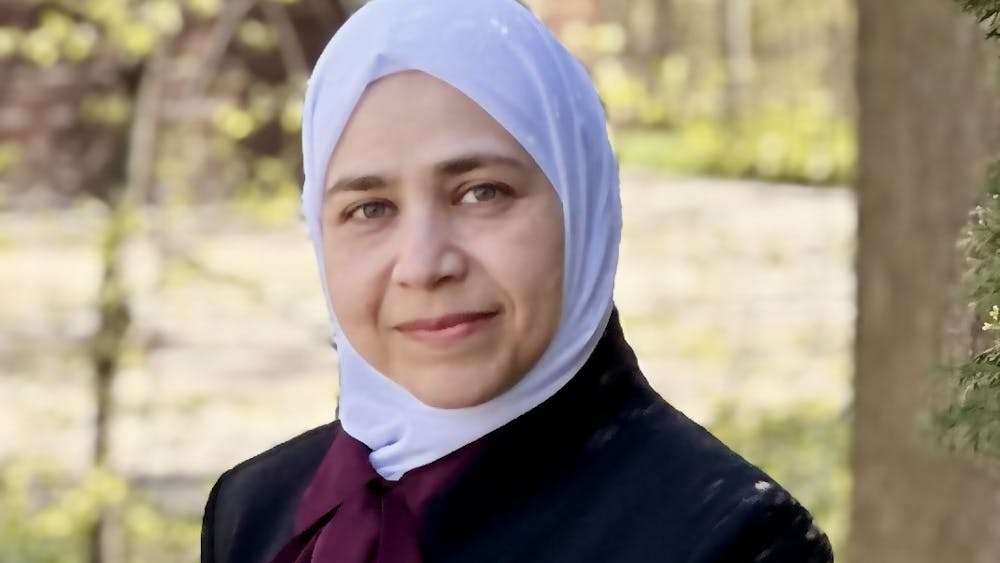Out of the fire: Man exonerated shares story with CMU
Victor Caminata was convicted of arson and sentenced from nine to 40 years in prison on May 14, 2009. Forensic evidence compiled by police and arson investigators proved Caminata set fire to his fiancé's home in Wexford County and endangered those inside, who Caminata helped to evacuate from the building.
But Caminata never set the fire. A second look at the case by the University of Michigan Innocence Clinic (MIC) revealed a number of inaccuracies and falsehoods made by both police and arson experts over the course of the investigation.
This true story of an innocent man being wrongly imprisoned for five years was presented to the Central Michigan community in Plachta Auditorium Nov. 19 by Caminata and his lawyers. The three spoke of not only Caminata's injustice, but the latent legal problems that lead to wrongful convictions in the country.
Imran Syed, Caminata's criminal attorney from MIC and Wolfgang Mueller, his civil lawyer told the story of the trial that led to Caminata's conviction.
"(Wrongful convictions) are pretty rare, it doesn't happen to every single person," Syed said. "hat we know is they certainly do happen."
DNA evidence has been used to exonerate 333 incarcerated persons across the country as of November 9. In this instance, DNA was not a factor, but a reexamining of forensic evidence at the scene would prove Caminata's innocence.
Caminata was one of nearly a dozen concluded cases revisited by the University of Michigan Innocence Clinic (MIC), who investigate non-DNA innocence cases.
"There's been a kind of revolution in how we examine fire cases, arson convictions and many people have been wrongly convicted based on outdated beliefs about how fire behaves," Syed said.
The initial assessment of the scene overlooked the effects of Flashover, a phenomenon that occurs when a fire is set in a confined space. Additionally, when examining what experts dubbed a "thimble hole" in the home, the experts did not clear the 14 inches of rubble on the floor before taking measurements. This led to skewed readings and was indicative of expectation bias on part of the experts, said Mueller.
"You come in with a preconceived conclusion and an opinion, like 'he started the fire' and you ignore evidence," Mueller said.
Mueller is helping Caminata seek compensation for the five years he spent behind bars. Claims are being filed against Wexford Country, Wexford Country Sheriff's Department and the Michigan State Police arson investigator.
"They got their pictures developed at the local Walgreens," Mueller said. "Instead of having a chain of custody, the secretary takes the photos to Walgreens, and you can't confirm you're even going to get all your pictures back."
CMU psychology faculty Kyle Scherr, who began studying wrongful convictions during the summer, reached out to the MIC and was put into contact with Caminata and his attorneys.
"I was interested in bringing someone to campus to talk about this and to bring awareness to people," Scherr said. "Most importantly, I think, people have this perception that this doesn't happen that often and when we do hear about it, it's rare and not in Michigan. That's not the case."
Caminata was exonerated January 22, 2014.
"I had only seen my children two times in five years," he said. "It's a tough thing to have to go through, especially knowing you did nothing wrong, that makes it even worse."
Association of Psychological Science Student Caucus Vice President Phillip Shannon was shocked when he heard the way the photo evidence was handled in the case.
"Psychologists are trained to know your facts, test your facts, hypothesize and test it again," he said. "To find out they were getting those pictures processed and everything at a local Walgreens, it's absurd and makes you question the judicial system."




